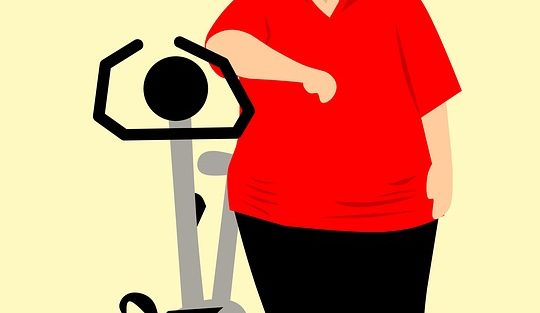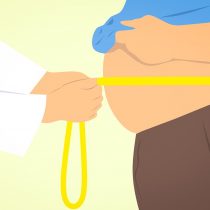The rate of obesity in Southern Carolina is slightly higher than the national rate. About one in three of the residents of Southern Carolina is classified as having obesity. A recent report published by Trust for America’s Health showed that South Carolina’s obesity rate was 34.3%, while the national rate was 30.9%.
The annual report referred to as the “State of Obesity” is based on information from the CDC’s Behavioral Risk Factor Surveillance system. The report also showed an increase in adult obesity rates in 33 states. South Carolina has only experienced a slight increase in adult obesity rates in the last year. However, the state’s ranking went down from 10th in the previous report to 14th.
In 2012, it was uncommon to find a state with an obesity rate higher than 35%. However, in the most recent report by Trust for America’s Health, two states–West Virginia and Mississippi had tied for the first spot with an obesity rate of 39.5% each. The CEO and president of Trust for America’s Health, John Auerbach, said that this new information was an indication that the state of obesity in America is getting worse. For almost 50 years, obesity rates have had an upward trend, and America has not yet found an ideal way to address the crisis.
According to the report, people of color often experience higher obesity rates since they are more likely to live in neighborhoods with inadequate access to social amenities for physical exercises and healthy foods. South Carolina’s African-American community ranked 9th in the US, with an obesity rate of 42.3%. The rate of obesity among Hispanics was 27.6%, while that of non-Hispanic Whites was 30.8%. According to the report, obesity is more prevalent among women than it is among men. Women have an obesity rate of 36.2 % while that for men is 32.3%. Among people aged 18 years and above, people between 45 and 64 had the highest obesity rate at 40%, followed by 26-44 year olds at 36.2% and people aged 65 and above at 31.5%. People aged 18-25 had the lowest rate of obesity in Southern Carolina at 19.5%. High school students from Southern Carolina were ranked 6th in the nation with an obesity rate of 17.2%. The data showed that the rate of obesity among children aged between two to four years old enrolled in WIC had decreased over the years. The rate of obesity among people aged 10 to 17 years old was found to be 17.6%.
To address the obesity epidemic, Trust for America’s Health recommended that South Carolina and other states should expand programs such as the Special Supplemental Nutrition Program for Women, Infants, and Children, or WIC, which has significantly reduced obesity rates among children in the past. They also advised all states to raise the price of sugary drinks and to allow the Medicaid programs to cover programs that have been proven to be effective such as the pediatric weight management program.…






